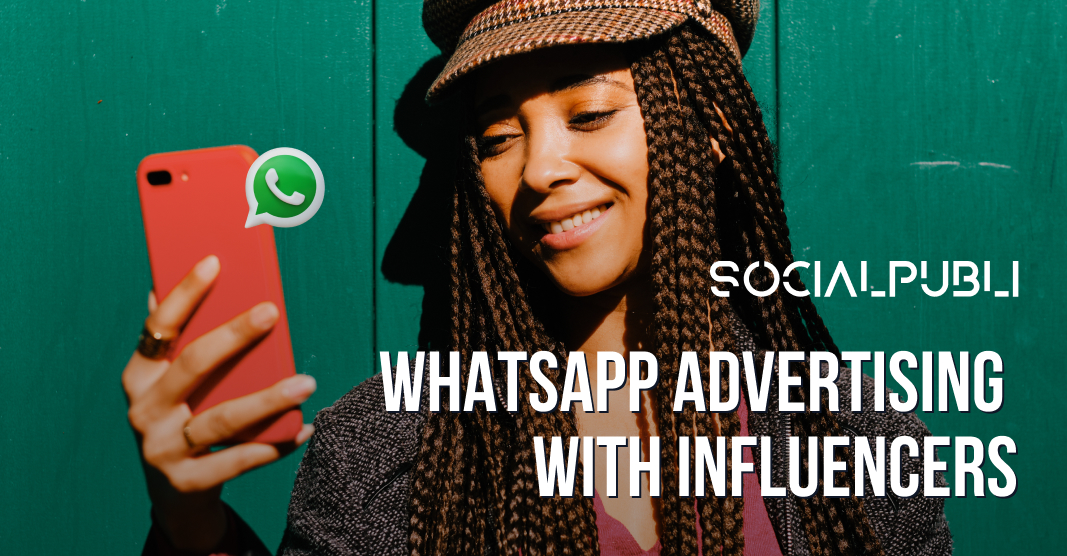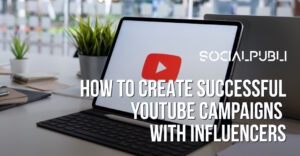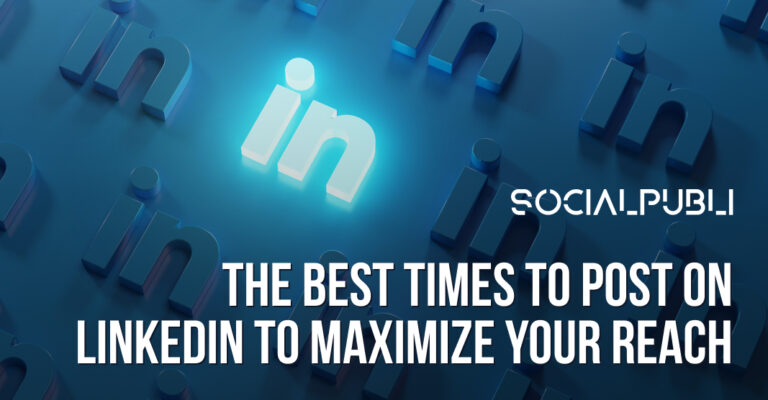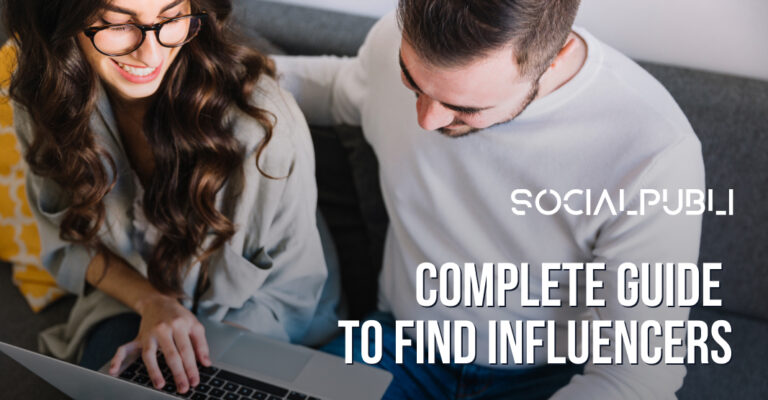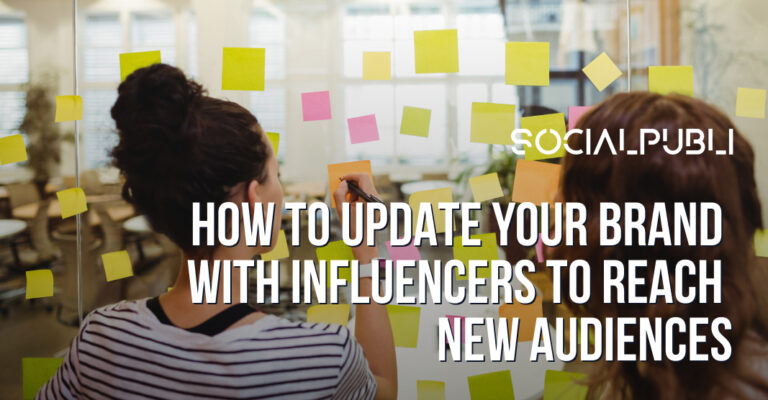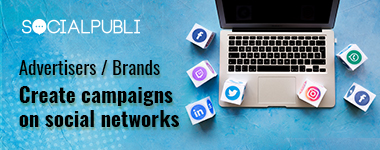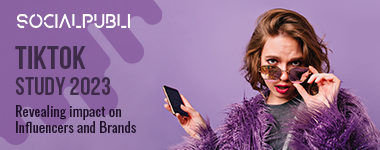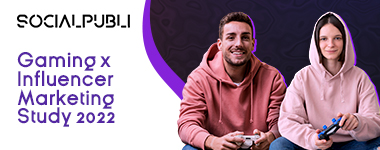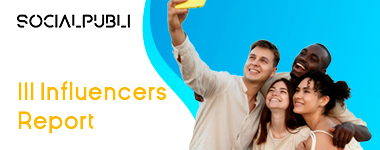WhatsApp has emerged as a formidable channel for digital marketing, with over 2.5 billion users worldwide, making it a prime platform for innovative influencer-driven campaigns. As influencer marketing continues to boom—expected to exceed $32.5 billion globally in 2025—the integration of WhatsApp and influencer marketing presents a strategic opportunity for brands to drive engagement and ROI.
The State of Influencer Marketing and WhatsApp
-
Influencer marketing is one of the fastest-growing segments in digital, with over 84% of marketers believing in its effectiveness, and brands increasingly allocating substantial budgets to influencer collaborations—some dedicating as much as 40% of their entire marketing spend to these partnerships.
-
WhatsApp, owned by Meta, maintains exceptionally high engagement rates thanks to its direct and personal communication model. However, traditional paid advertising on WhatsApp is limited, driving brands to explore creative influencer-led strategies instead.
Integrating WhatsApp and Influencer Marketing: Tactics and Examples
1. Exclusive Community Building
-
Influencers can invite their followers to join branded WhatsApp groups or broadcast lists, creating exclusive micro-communities that foster loyalty and real-time interaction.
-
Example: A beauty brand might partner with a makeup influencer to launch a WhatsApp group for product sneak peeks, Q&As, and early access promotions. This approach creates a sense of exclusivity and boosts word-of-mouth referrals.
2. Personalized Content Distribution
-
Influencers can share unique content (e.g., behind-the-scenes videos, discount codes, event invites) directly via WhatsApp to segmented audience lists. This leverages WhatsApp’s end-to-end encryption and direct communication for authentic engagement.
-
Example: During product launches, influencers can distribute personalized video messages or limited-time offers to WhatsApp subscribers, prompting higher conversion rates due to the channel’s intimate nature.
3. Interactive Campaigns & Contests
-
Influencers can run interactive campaigns using WhatsApp as the entry or engagement point, such as sending answers, images, or videos for a contest directly to a dedicated WhatsApp number.
-
Example: An apparel brand could collaborate with influencers for a campaign where followers must submit photos of their outfits via WhatsApp for a chance to win special prizes, thus boosting engagement and user-generated content.
4. Customer Support and Feedback Loops
-
Post-campaign, influencers can facilitate brand-customer communication on WhatsApp, encouraging feedback, testimonials, or answering product-related questions.
-
Example: A tech influencer helps onboard customers to a gadget brand’s WhatsApp support channel, ensuring smooth post-purchase experience and continuous engagement.
Why This Strategy Works
-
Intimacy and Trust: WhatsApp’s private messaging format often results in higher open and response rates compared to public social media posts. Influencer recommendations received in this context feel more personal and trustworthy.
-
ROI Potential: Studies show that campaigns with nano and micro-influencers (under 10,000 followers) can yield exceptionally high returns—sometimes over $1,000 for every $50 invested—due to their engaged audiences.
-
Youth Engagement: WhatsApp is especially popular with younger demographics who are highly receptive to influencer recommendations and participatory campaigns.
-
Bypassing Platform Saturation: Unlike Instagram or TikTok, where feeds are crowded, WhatsApp outreach is direct and less likely to be ignored.
Statistics and Market Insights
| Metric | Value/Statistic | Source |
|---|---|---|
| Global WhatsApp Users | 2.5+ billion | Source 1 |
| Influencer Marketing Market Size (2025) | $32.5 billion | Source 2 |
| Avg. ROI (Nano Influencer, $50 Spend) | $1,000+ | Source 3 |
| % Marketers Planning Influencer Campaign Budgets | 85.8% | Source 4 |
| % Marketers Using AI for Influencer Discovery | 63% | Source 5 |
Challenges and Best Practices
-
Privacy and Consent: Ensure all WhatsApp campaigns comply with privacy regulations and obtain user consent for messaging.
-
Content Customization: Tailor content to the format—short, multimedia-rich, and conversational.
-
Influencer Selection: Partner with influencers whose audience matches your target demographics and who are adept at community engagement.
Related Insights from SocialPubli
While no specific WhatsApp influencer advertising case studies were found on SocialPubli’s blog, the platform often discusses influencer marketing trends, micro-influencer effectiveness, and the importance of messaging platforms in digital strategy. For further inspiration, explore SocialPubli’s blog for posts on WhatsApp as a marketing channel or practical influencer campaign tips, such as how to leverage messaging apps for authentic engagement and storytelling.
Conclusion
Integrating WhatsApp into your influencer marketing strategy unlocks direct, trusted conversations between brands and consumers, capitalizing on the strengths of both private messaging and the persuasive power of influencers. Use this tactic to build loyal communities, drive high-converting campaigns, and gather instant feedback—positioning your brand at the forefront of social commerce innovation.
